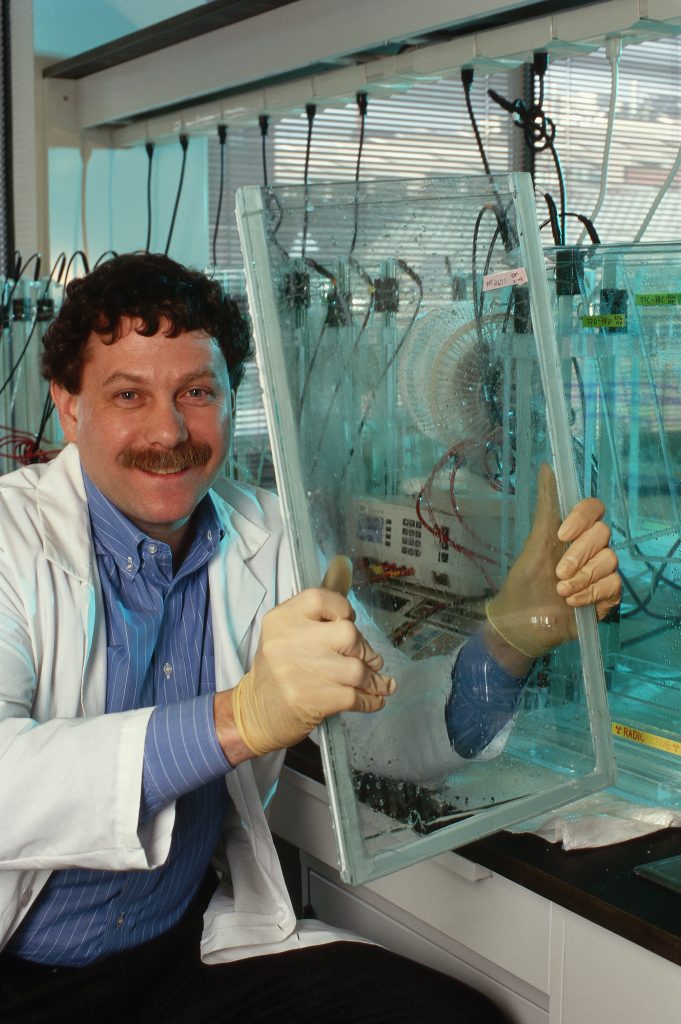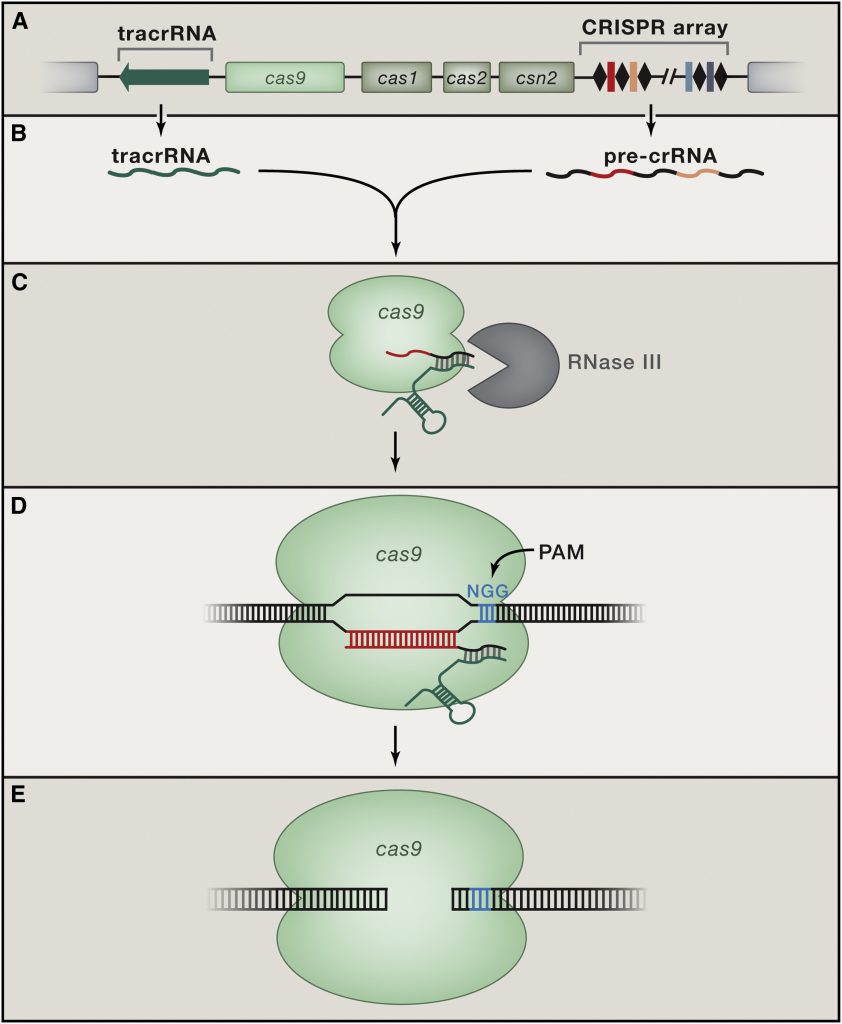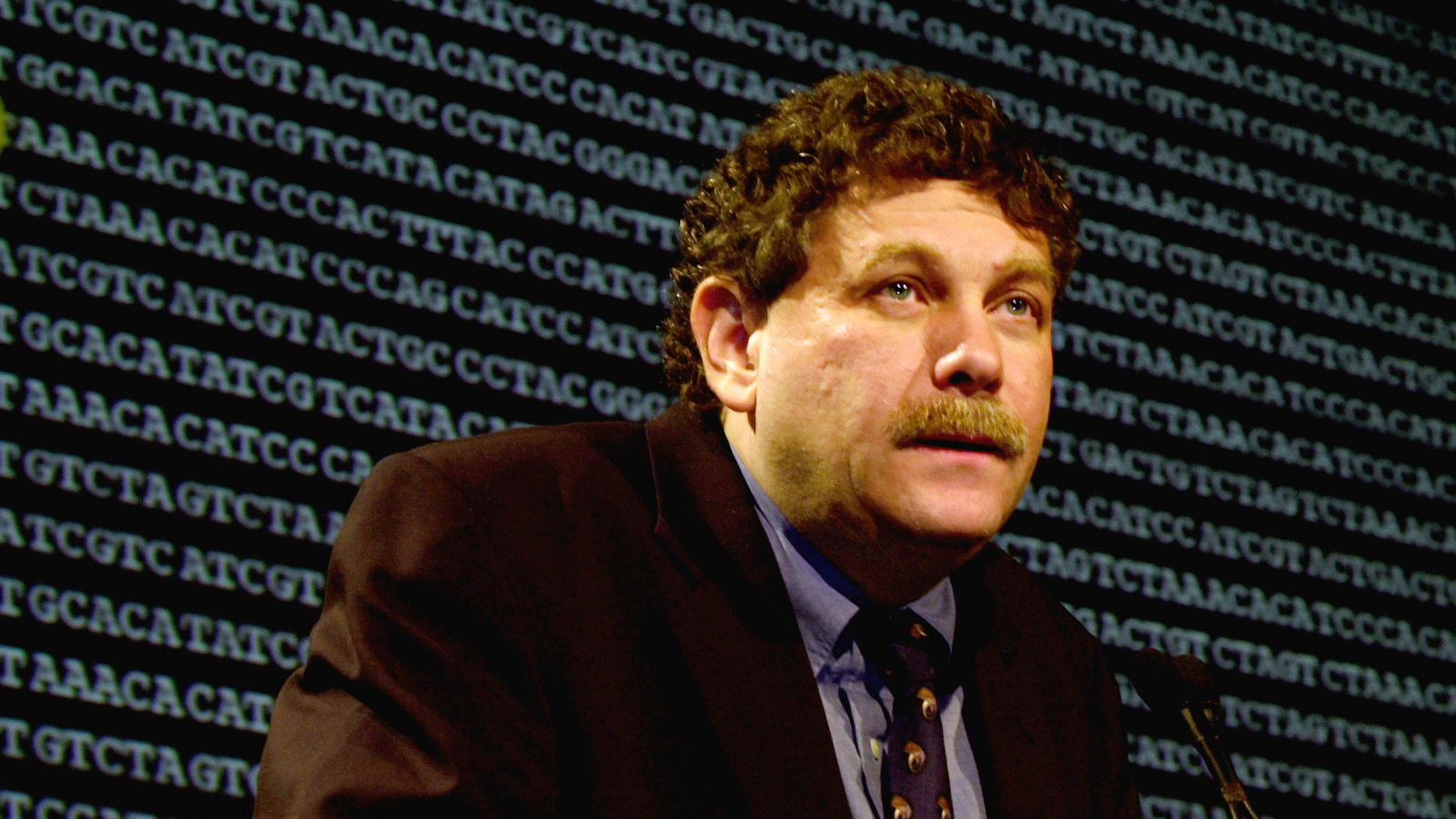Eric S. Lander Biography: Shaping the Future of Biomedical Research
Eric S. Lander is a titan of contemporary science, a figure whose work has not only reshaped our understanding of human genetics but has also profoundly influenced public health policy and biotechnology innovation. Trained initially in mathematics at Princeton University and later at Oxford as a Rhodes Scholar, Lander made a surprising pivot to biology, eventually becoming a pivotal leader in the Human Genome Project. This monumental project marked one of the greatest scientific achievements of the 20th century, providing the first complete map of the human DNA sequence.
Early Life and Childhood
Eric S. Lander was raised in an atmosphere that fostered his love of science and his insatiable curiosity. Lander’s academic endeavors and extracurricular activities demonstrated a strong interest in biology and mathematics from an early age. Growing up, he was well-known for his curiosity and frequently worked on challenging puzzles, demonstrating an early propensity for critical thought.
Lander did exceptionally well academically in school and was frequently involved in scientific fairs and math competitions. His exceptional aptitude for understanding complex mathematics and scientific ideas rapidly distinguished him from his contemporaries. His early scholastic career was significantly shaped by his professors’ support, which was a testament to his intellectual prowess.

Full Information
| Attribute | Details |
|---|---|
| Full Name | Eric Steven Lander |
| Nick Name | Not Publicly Known |
| Birth Date | February 3, 1957 |
| Age | 67 (as of 2024) |
| Place of Birth | Brooklyn, New York, USA |
| Nationality | American |
| Profession | Geneticist, Mathematician, and Academic |
| Height | Not Publicly Known |
| Weight | Not Publicly Known |
| Eye Color | Not Publicly Known |
| Hair Color | Not Publicly Known |
| Gender | Male |
| Religion | Jewish |
| Languages Spoken | English |
Family
A resident of Cambridge, he is married to Lori Weiner Lander, whom he met at college. She is an artist who creates oil paintings of women at work around the world and a community organizer who coordinates many activities, including Cambridge’s annual Martin Luther King Day of Service. Earlier, she practiced law at Skadden, Arps, Slate, Meagher, and Flom. They have three adult children: Jessica, Daniel, and David. They also have a golden retriever, Mochi.
Education & Qualification
Level of Education Institution Field of Study Degree Obtained Year High School Stuyvesant High School General Education High School Diploma Undergraduate Princeton University Mathematics Bachelor of Arts (B.A.)1978 Graduate University of Oxford Mathematics Rhodes Scholar, no degree completed Graduate Harvard University Business Administration Master of Business Administration (MBA)1981 Doctoral Harvard University Mathematics Doctor of Philosophy (PhD)1981
Education & Qualification
Social Media link
| Social Media Platform | Username/Handle | Remarks |
|---|---|---|
| Likely has an official account | Useful for latest updates and professional insights | |
| Broad Institute | Likely has a professional profile | For professional networking and career information |
| ResearchGate | Likely has a profile | Academic publications and research collaborations |

Awards & Achievements
| Award | Year |
|---|---|
| MacArthur Fellowship | 1987 |
| Dickson Prize | 1997 |
| Woodrow Wilson Award for Public Service | 1998 |
| Max Delbrück Medal | 2001 |
| Gairdner Award | 2002 |
| Harvey Prize | 2012 |
| Breakthrough Prize in Life Sciences | 2013 |
| William Allan Award | 2018 |
Discovery of CRISPR
It’s hard to recall a revolution that has swept biology more swiftly than CRISPR. Just 3 years ago, scientists reported that the CRISPR system—an adaptive immune system used by microbes to defend themselves against invading viruses by recording and targeting their DNA sequences—could be repurposed into a simple and reliable technique for editing, in living cells, the genomes of mammals and other organisms. CRISPR was soon adapted for a vast range of applications—creating complex animal models of human-inherited diseases and cancers; performing genome-wide screens in human cells to pinpoint the genes underlying biological processes; turning specific genes on or off; and genetically modifying plants—and is being used in thousands of labs worldwide. The prospect that CRISPR might be used to modify the human germline has stimulated international debate.
If there are molecular biologists left who have not heard of CRISPR, I have not met them. Yet, if you ask scientists how this revolution came to pass, they often have no idea. The immunologist Sir Peter Medawar observed, “The history of science bores most scientists stiff.”
Medawar, 1968
Indeed, scientists focus relentlessly on the future. Once a fact is firmly established, the circuitous path that led to its discovery is seen as a distraction.
Yet, the human stories behind scientific advances can teach us a lot about the miraculous ecosystem that drives biomedical progress—about the roles of serendipity and planning, of pure curiosity and practical application, of hypothesis-free and hypothesis-driven science, of individuals and teams, and of fresh perspectives and deep expertise. Such understanding is important for government agencies and foundations that together invest, in the U.S. alone, more than $40 billion in biomedical research. It is also important for the general public, who often imagines scientists as lone geniuses cloistered in laboratories. And, for trainees, it is especially valuable to have a realistic picture of scientific careers as both a guide and inspiration.
Over the past several months, I have sought to understand the 20-year backstory behind CRISPR, including the history of ideas and the stories of individuals. This Perspective is based on published papers, personal interviews, and other materials—including rejection letters from journals. At the end, I try to distill some general lessons. (As background, Figure 1 provides a brief overview of a type II CRISPR system, the variety that has been repurposed for genome engineering.)

(A) The locus contains a CRISPR array, four protein-coding genes (cas9, cas1, cas2, and cns2) and the tracrRNA. The CRISPR array contains repeat regions (black diamonds) separated by spacer regions (colored rectangles) derived from phage and other invading genetic elements. The cas9 gene encodes a nuclease that confers immunity by cutting invading DNA that matches existing spacers, while the cas1, cas2, and cns2 genes encode proteins that function in the acquisition of new spacers from invading DNA.
(B) The CRISPR array and the tracrRNA are transcribed, giving rise to a long pre-crRNA and a tracrRNA.
(C) These two RNAs hybridize via complementary sequences and are processed to shorter forms by Cas9 and RNase III.
(D) The resulting complex (Cas9 + tracrRNA + crRNA) then begins searching for the DNA sequences that match the spacer sequence (shown in red). Binding to the target site also requires the presence of the protospacer adjacent motif (PAM), which functions as a molecular handle for Cas9 to grab on to.
(E) Once Cas9 binds to a target site with a match between the crRNA and the target DNA, it cleaves the DNA three bases upstream of the PAM site. Cas9 contains two endonuclease domains, HNH and RuvC, which cleave, respectively, the complementary and non-complementary strands of the target DNA, creating blunt ends.
The story starts in the Mediterranean port of Santa Pola on Spain’s Costa Blanca, where the beautiful coast and vast salt marshes have for centuries attracted vacationers, flamingoes, and commercial salt producers. (The geography of the story is shown in Figure 2.) Francisco Mojica, who grew up nearby, frequented those beaches, and it was no surprise that, when he began his doctoral studies in 1989 at the University of Alicante, just up the coast, he joined a laboratory working on Haloferax mediterranei, an archaeal microbe with extreme salt tolerance that had been isolated from Santa Pola’s marshes. His advisor had found that the salt concentration of the growth medium appeared to affect the way in which restriction enzymes cut the microbe’s genome, and Mojica set out to characterize the altered fragments. In the first DNA fragment he examined, Mojica found a curious structure—multiple copies of a near-perfect, roughly palindromic, repeated sequence of 30 bases, separated by spacers of roughly 36 bases—that did not resemble any family of repeats known in microbes (
(Mojica et al., 1993).

The 28-year-old graduate student was captivated and devoted the next decade of his career to unraveling the mystery. He soon discovered similar repeats in the closely related H. volcanii, as well as in more distant halophilic archaea. Combing through the scientific literature, he also spotted a connection with eubacteria: a paper by a Japanese group
Ishino et al., 1987
Had mentioned a repeat sequence in Escherichia coli that had a similar structure, although no sequence similarity, to the Haloferax repeats. These authors had made little of the observation, but Mojica realized that the presence of such similar structures in such distant microbes must signal an important function in prokaryotes. He wrote up a paper reporting this new class of repeats
Mojica et al., 1995
before heading off for a short post-doctoral stint at Oxford.
Mojica and Garrett, 2012
Mojica returned home to take up a faculty position at the University of Alicante. Because the school had hardly any start-up funds or lab space, he turned to bioinformatics to investigate the strange repeats, which he dubbed short regularly spaced repeats (SRSRs); the name would later be changed, at his suggestion, to clustered regularly interspaced palindromic repeats (CRISPR)
Jansen et al., 2002
By 2000, Mojica had found CRISPR loci in 20 different microbes—including Mycobacterium tuberculosis, Clostridium difficile, and the plague bacteria Yersinia pestis (
Mojica et al., 2000
Within 2 years, researchers had doubled the census and cataloged key features of loci—including the presence of specific CRISPR-associated (cas) genes in the immediate vicinity, which were presumably related to their function
Commonly Asked Questions
- Why and how was bullying tolerated during Eric Lander’s tenure?
- Eric Lander, who served as the US science adviser and director of the Office of Science and Technology Policy (OSTP), was forced to resign after an internal investigation found that he had bullied and demeaned staff.
- The Biden administration needs to address why such behavior was tolerated, especially considering President Biden’s assertion that anyone treating people with disrespect would be fired on the spot.
- Additionally, the existence of the investigation was not made public until media reporting revealed it.
- Are whistle-blowers being properly supported?
- Whistle-blowers who report misbehavior at the top of an organization, especially when the person involved is a high-ranking official in the White House, require monumental courage.
- The administration should ensure proper support for those who come forward with information.
- What controversies were raised during Eric Lander’s Senate confirmation hearings?
- During Senate confirmation hearings in April, Lander faced questions about previous controversies.
- For instance, he had to apologize for understating the contributions of Jennifer Doudna and Emmanuelle Charpentier, pioneers of CRISPR gene-editing technology, in an essay published in Cell.
- What impact has Eric Lander made in the field of genomics?
- Lander’s work has been significant in genomics. He showed that the then-current method of interpreting DNA evidence was liable to give false positive matches, potentially implicating innocent defendants.
While Eric Lander’s tenure had its challenges, his contributions to science and genomics remain noteworthy. 🌟🧬

